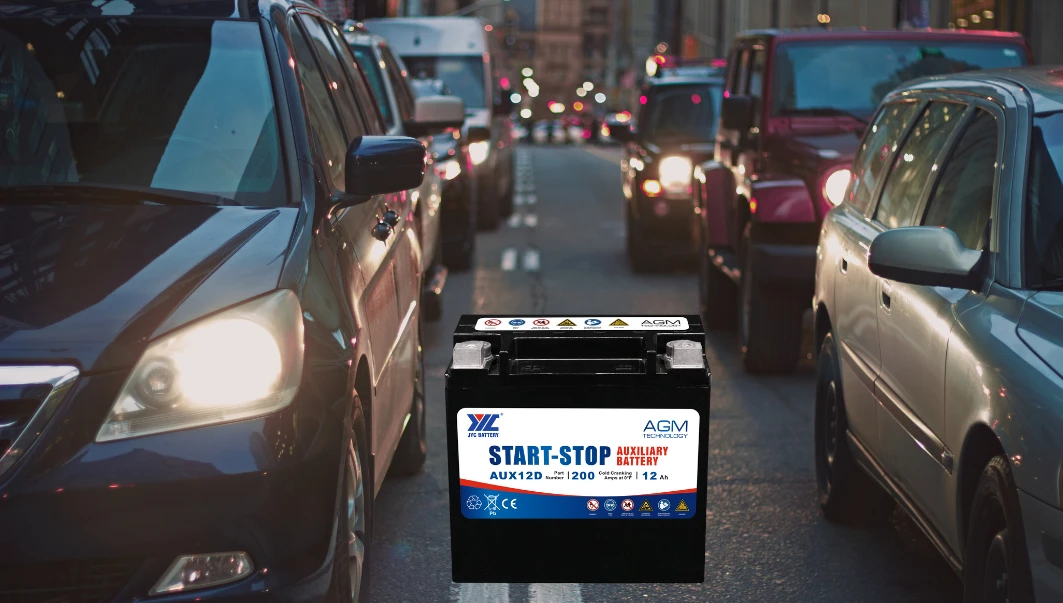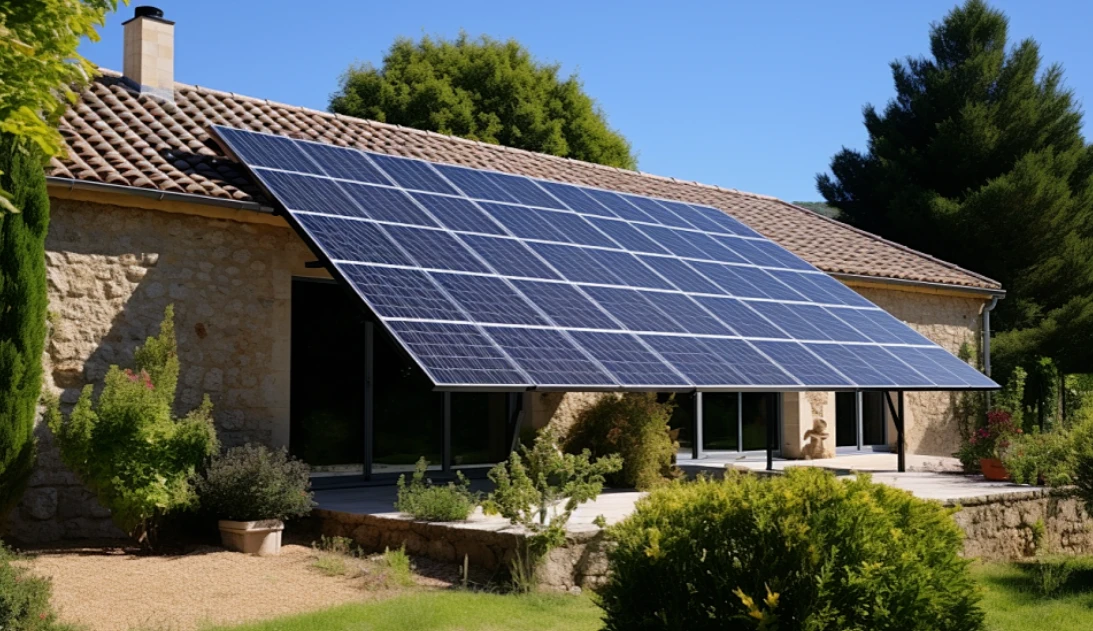
In modern green buildings, solar panels have become an integral part,
providing clean, renewable energy to the house and significantly
reducing reliance on traditional power. As an energy storage device,
lead-acid batteries work closely with solar panels to form an efficient
and stable energy system. This article takes an in-depth look at how
solar panels on housework and how they work with agm batteries.
How solar panels work
Solar
panels, with their multiple single cells connected in series or
parallel, form a component with a certain voltage and current. These components, packaged and connected, are the core part of the solar power generation system. The
efficiency of solar panels, dependent on factors such as their
materials, manufacturing processes, and lighting conditions, assures
homeowners of their reliable and efficient energy production.
The
core working principle of solar panels is based on the photovoltaic
effect. When sunlight shines on the semiconductor material of the solar
panel, the energy of the photons excites the electrons in the
semiconductor, causing them to jump from their original bound state to
free electrons, thereby forming an electric current. These currents are
collected and transmitted through a series of circuits to provide
electricity for the house.
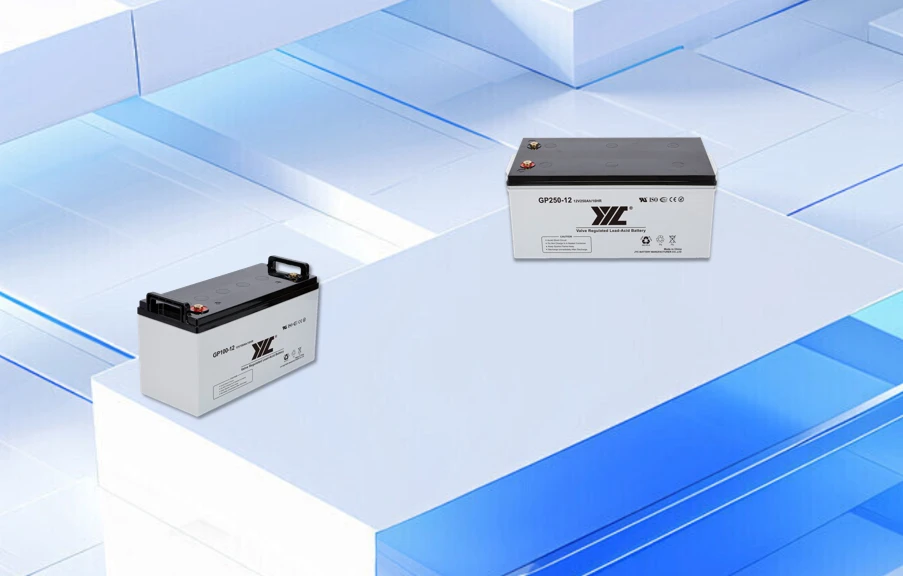
Support ODM/OEM Service
Lead-acid batteries suppliers play a key role in energy storage in this system
Working Principle of Lead-acid Batteries
Lead-acid
batteries are widely used energy storage devices, mainly composed of
positive electrodes, negative electrodes and electrolytes. During the
charging process, the power supply provides electrical energy to the
battery, converting lead dioxide (PbO2) on the positive plate into lead
sulfate (PbSO4) and lead (Pb) on the negative plate into lead sulfate.
The concentration of sulfuric acid (H2SO4) in the electrolyte gradually
increases. During the discharge process, the chemical energy inside the
battery is converted into electrical energy and supplied to the load
through an external circuit. At this time, the lead sulfate on the
negative plate is converted into lead dioxide, the lead sulfate on the
positive plate is converted into lead, and the concentration of sulfuric
acid in the electrolyte gradually decrease.
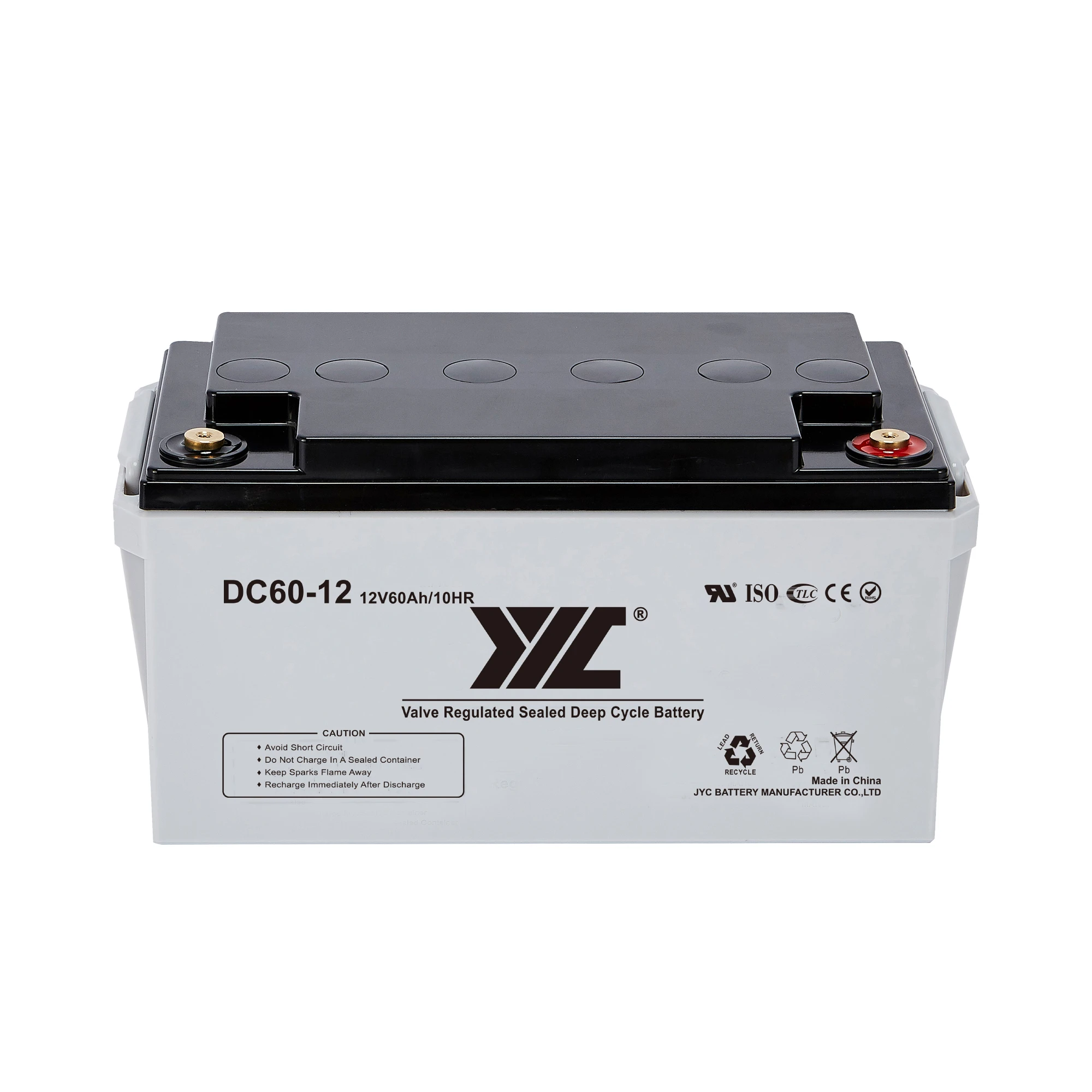
AGM Battery Distributor
Lead-acid
batteries store and release electrical energy through continuous
charging and discharging cycles. During the charging process, it is
necessary to monitor battery parameters such as voltage, current and
temperature to ensure the safety and efficiency of the charging process.
Solar panels and lead-acid batteries
During
the day, when the electricity generated by solar panels exceeds the
immediate use of the house, the excess electricity is stored in the
lead-acid battery. The lead-acid battery, converting electrical energy
into chemical energy through internal chemical reactions, ensures a
continuous supply of electricity. This means that even at night or on
cloudy days when there is insufficient sunlight, homeowners can still
rely on the AGM batteries to meet their basic electricity needs,
providing a sense of security.
In order to ensure the
collaborative working effect of solar panels and lead-acid batteries,
the following points need to be noted:
Matching of voltage and capacity: The
output voltage of solar panels is usually high, while the output
voltage of lead-acid batteries is low, so it is necessary to use a
voltage converter to convert the high voltage of solar panels into a low
voltage suitable for lead-acid batteries. At the same time, it is also
necessary to select the appropriate battery capacity according to actual
needs to meet the needs of equipment operation.
Charging method setting: When
used in conjunction, the solar panel is generally connected to the
charge controller, and then the lead-acid battery is charged through the
charge controller. It is necessary to set the appropriate charging
current and charging voltage to ensure charging efficiency and extend
battery life.
Attention to safety issues:
In actual operation, it is necessary to pay attention to safety issues
to avoid problems such as battery short circuit. At the same time, it is
also necessary to regularly check and maintain the solar panels and
lead-acid batteries to ensure their normal operation.
In summary,
the solar panels on the house and the lead-acid batteries work together
to provide a stable and reliable supply of clean energy for the house.
With the continuous advancement of technology and the reduction of
costs, this green energy system will be more widely used and promoted in
the future.

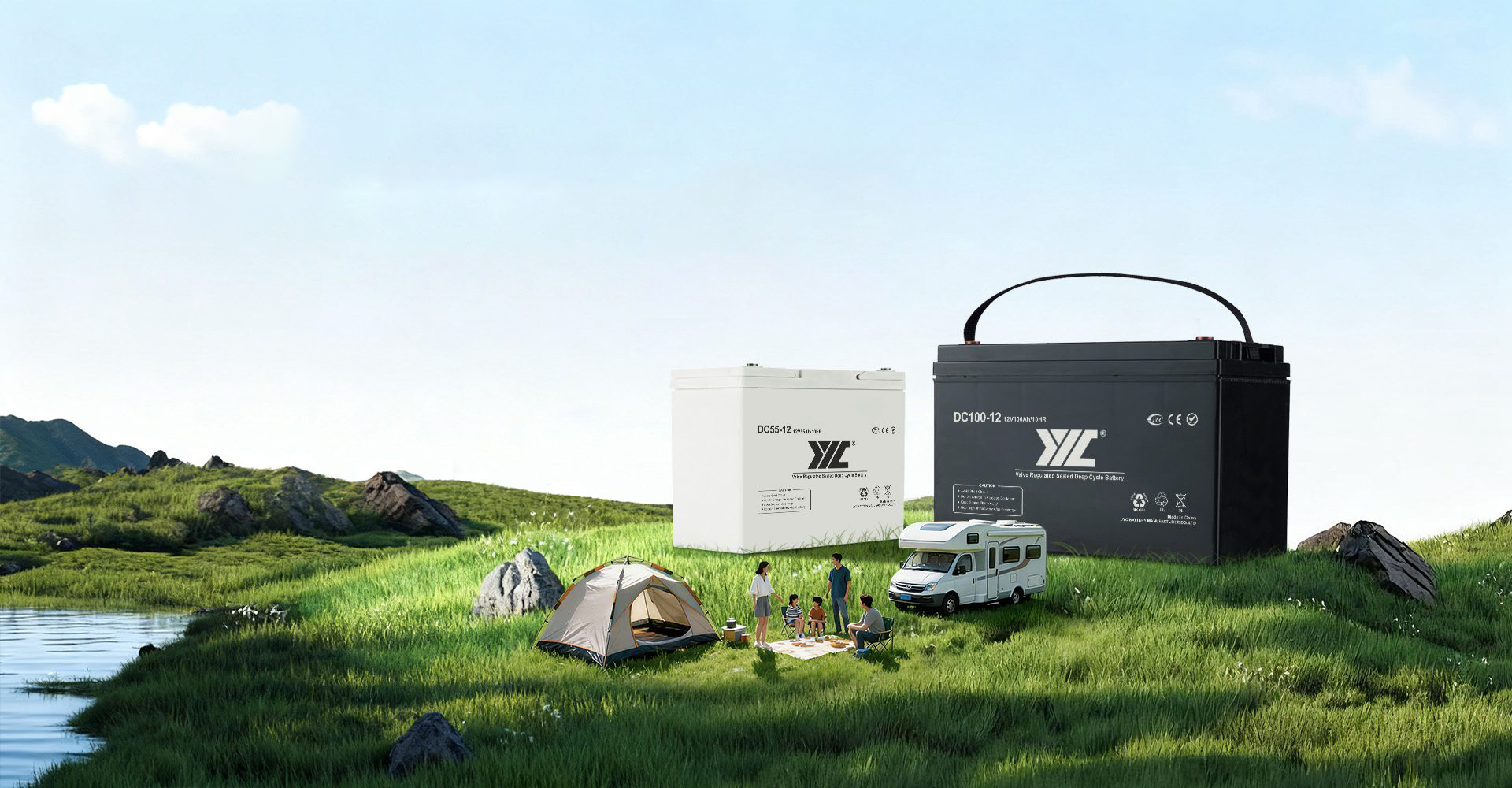







 EN
EN fr
fr de
de es
es it
it ru
ru pt
pt ar
ar ms
ms id
id









